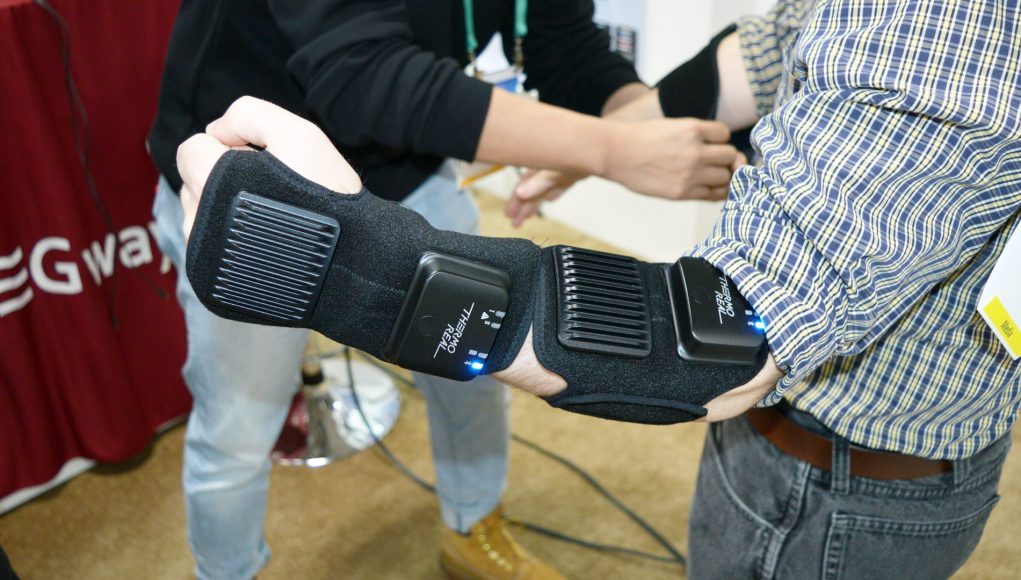Korea-based TEGway, developers of a haptic accessory which generates hot and cold temperatures with impressively low latency, plans to launch a wearable VR thermal haptic dev kit aim in March. We got to try the latest prototype this week at CES 2020.
We first got our hands on an early prototype of Tegway’s impressive ‘ThermoReal’ haptic tech back in 2017; it was the first demo that really convinced me of the value of thermal haptics. At the time the company was showing how its flexible material, which can quickly generate convincing hot and cold temperatures, could be suitable for integrating into VR controllers.
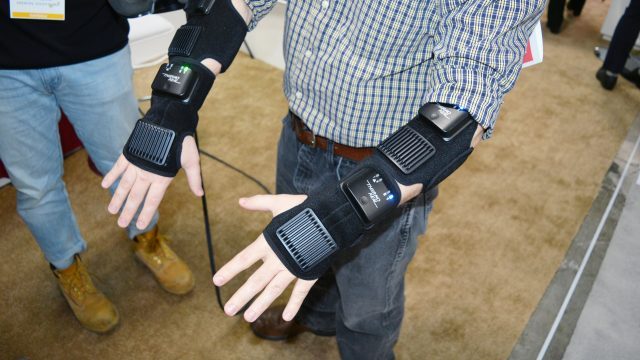
At CES 2020 this week Tegway showed off its latest tech, this time a prototype of an upcoming development kit focused on VR. The prototype consists of five parts: two ‘gloves’, two ‘sleeves’, and a forehead-mounted unit which brings temperature fluctuations to your face. Unlike an earlier prototype which was hooked up with big cables, these units were all powered by small, integrated batteries.
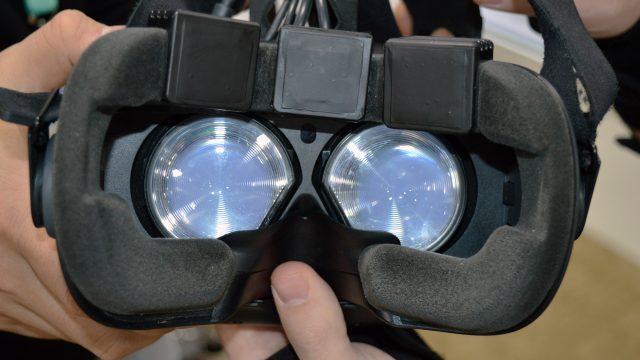
The company showed a rudimentary but functional VR demo using the ThermoReal dev kit with an HTC Vive. In the demo, a character throws fireballs or snowballs at you; the gloves on each hand would respond with the appropriate temperature effect depending upon which was thrown and which hand you blocked the ball with. If the fireball or snowball hit you in the face, you’d feel the temperature on your face thanks to the forehead-mounted haptic unit.
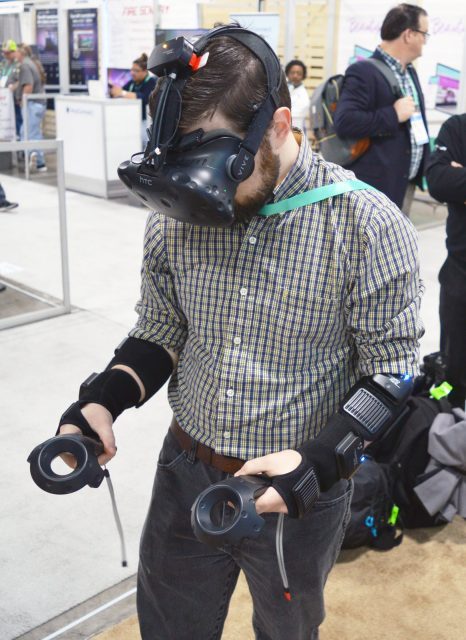
The demo also demonstrated an interesting haptic effect which, while it made use of temperature differences, conveyed something different than simply hot or cold. In the demo you could expand a light shield on your hand which would block the incoming projectiles and disperse their energy across the shield. The glove and sleeve haptics responded by quickly alternating between hot and cold, creating a ‘force’ sensation that was really interesting; the feeling of hot and cold spreading rapidly over my arm created a unique feeling that could be used for more general haptic feedback than simply indicating which things are hot and cold.
Tegway’s ThermoReal tech is a flexible thermoelectric generator based on something called the Seebeck Effect which creates a temperature differential based on electric current.
The haptic effect isn’t as fast as you’d expect from something like rumble haptics, but I was very surprised at just how quickly (and to what extent) the device was capable of achieving a meaningful sensation of hot and cold.
When it came to the ‘heat’ effect, the device got hot enough at times that I was worried that I’d have to rip it off if it got any hotter. When I had tried the tech back in 2017, I asked one of the creators if there was any risk of injury and was told that the device would only get up to 4°C hotter than body temperature. Based on how hot it felt, I’m still skeptical of that claim, though it’s possible that the rate of heat increase (rather than the measured temperature itself) could signal to my brain a more severe sensation of heat.
The ‘cold’ effect was the fastest in terms of latency and impressively quick at that. It didn’t reach uncomfortable levels of cold, but was enough to feel like I was gripping an ice cube.
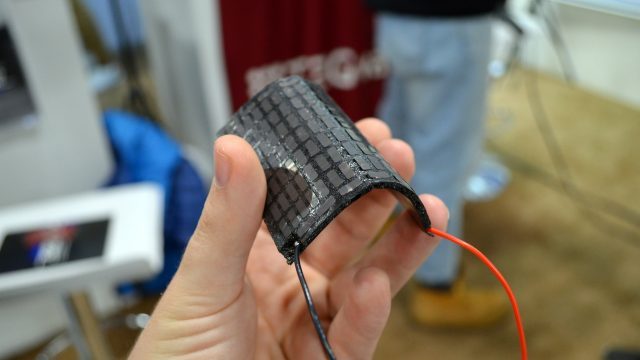
Thermoelectric generators like ThermoReal are not new. What is new, says TEGway, is the form-factor of their device. It takes the form of a flexible skin-like array of conductors which can be curved and wrapped around various surfaces, which could make it perfect for integration into VR controllers, gloves, or even suits.
To that end, TEGway plans to launch its first development kit in March. The kit includes the gloves, sleeves, and forehead module; the company is targeting a $1,000 price point for the dev kit.
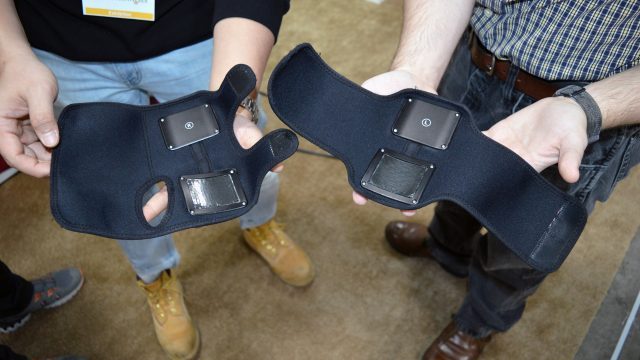
While the gloves and sleeves offered a convincing demo of the tech, it’s clear that thermal haptics would be much more viable if integrated into the things that VR users are already holding or wearing (like controllers and headsets). Various other haptic devices, trackers, and the like, which require players to put on additional accessories each time they play, have faced significant adoption challenges. As a separate ‘wearable’ accessory, ThermoReal would likely be relegated to non-consumer use-cases like training, rehabilitation, simulation, and maybe out-of-home VR attractions.

